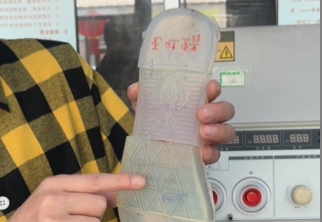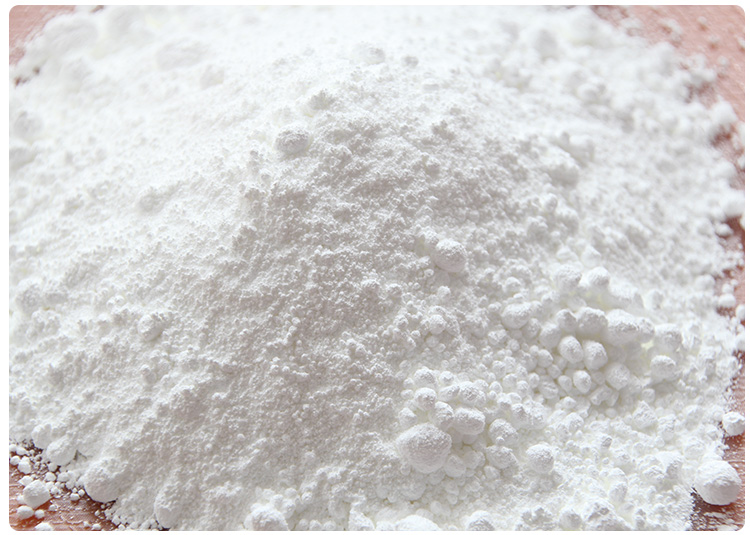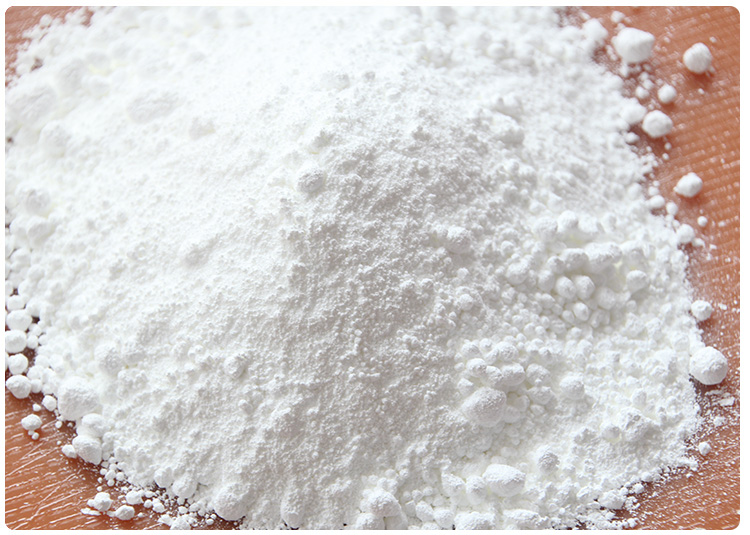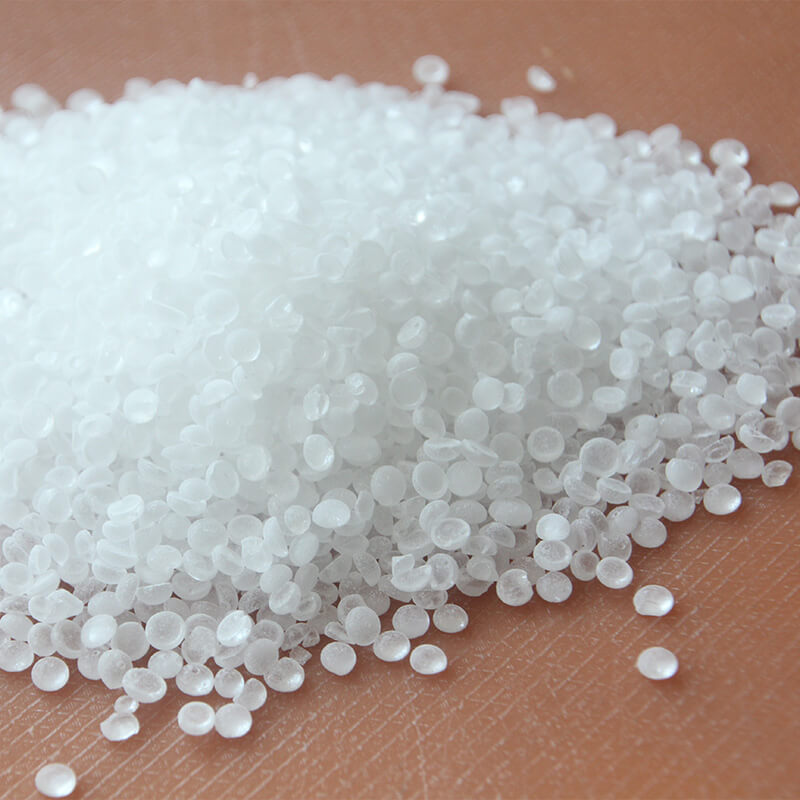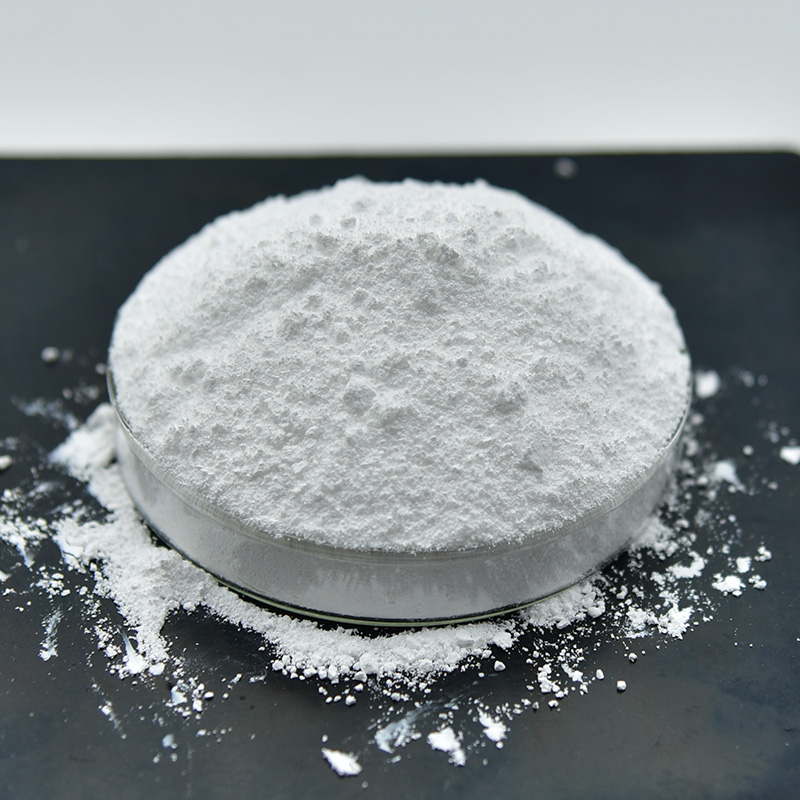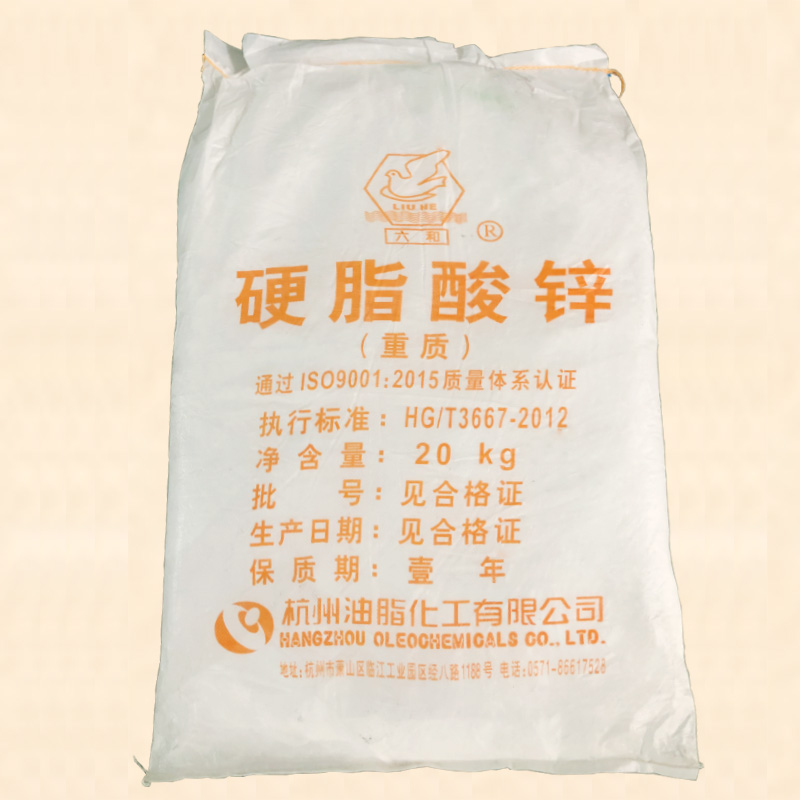Causes of reddening of white rubber products
- Mingpai
- 2024-06-12 16:44:11
The reddish discoloration observed in white rubber products can be attributed to several factors:
Use of color-changing antioxidants: White rubber soles, in particular, may turn red due to the use of antioxidants that are prone to color changes, especially when combined with alkaline materials in the shoe upper.
Chemical reactions: Interactions between the rubber sole, antioxidants, sulfurizing agents during processing, or chemical reactions between the shoe upper, rubber sole, and adhesives during high-temperature formation can lead to red discoloration.
Poor quality materials: Employing substandard rubber oils or other raw materials can result in color changes over time, including reddening.
Rubber aging: Exposure to moisture, sunlight, and other environmental elements accelerates the aging process of rubber, which can manifest as color shifts, including red tones.
Molecule migration: Certain components within the rubber, such as softening oils, carbon black, or other additives, might migrate to the surface under certain conditions, like excessive heat, causing color changes, especially if these molecules contain chromophoric groups.
Microbial growth: Under specific conditions, bacterial growth on the rubber surface can also induce color alterations.
Inadequate pigment fixation: If the pigments used in production do not adhere well, the curing process might cause color migration to the rubber surface, appearing as red discoloration.
Addressing these issues typically involves manufacturers optimizing formulas, enhancing production techniques, or selecting more stable raw materials to prevent such discolorations.
